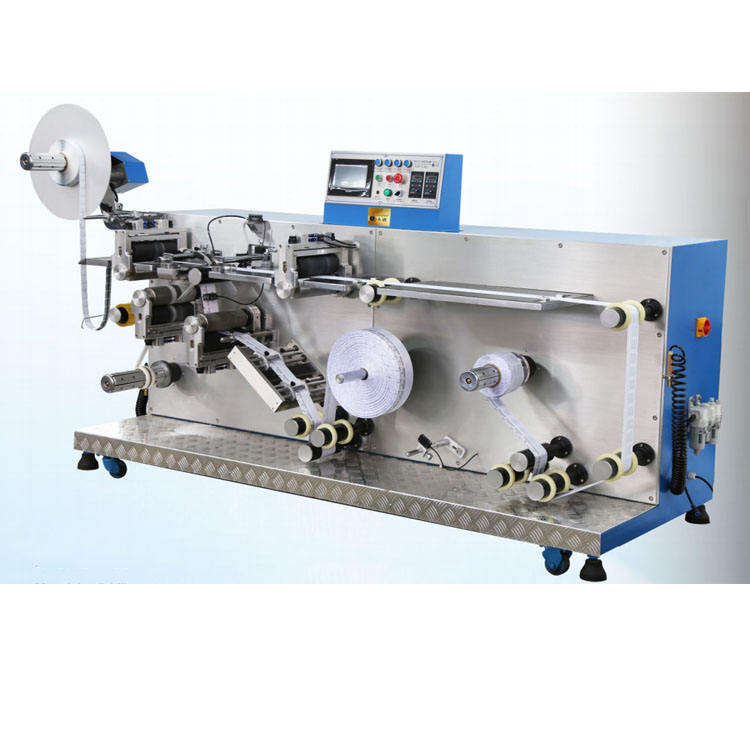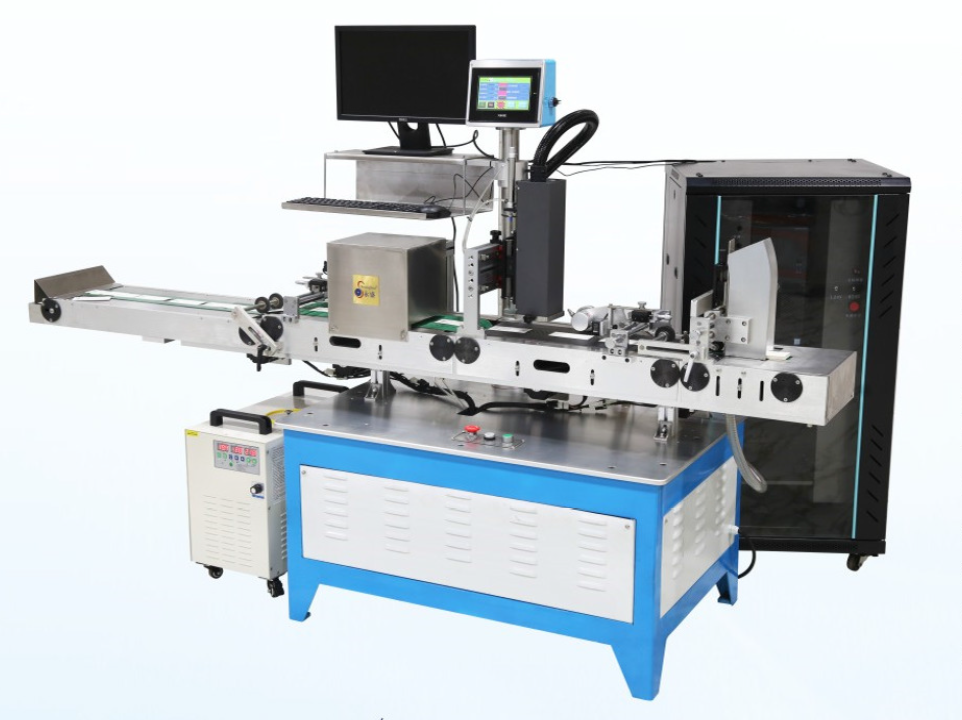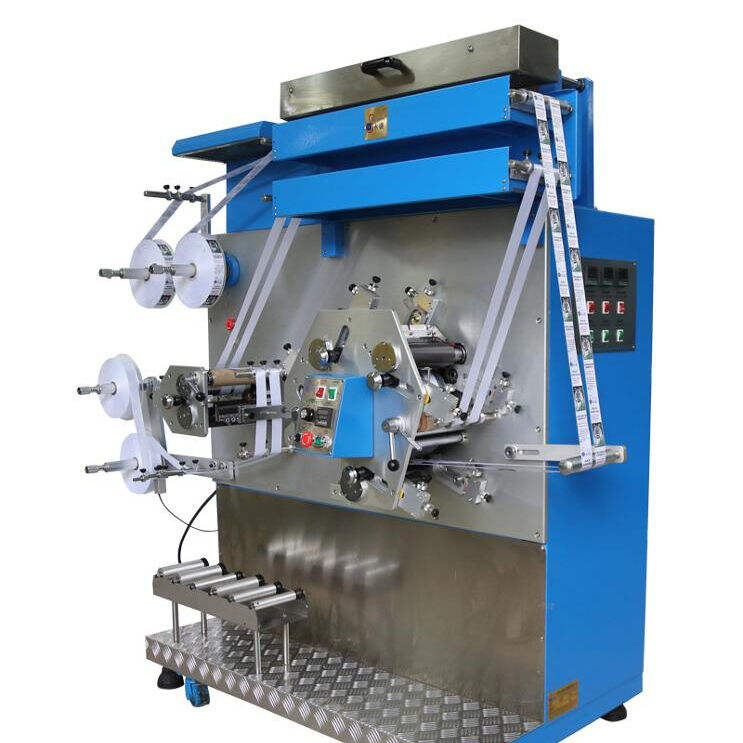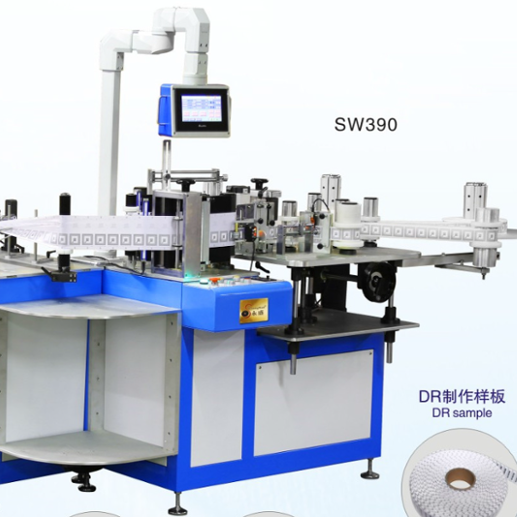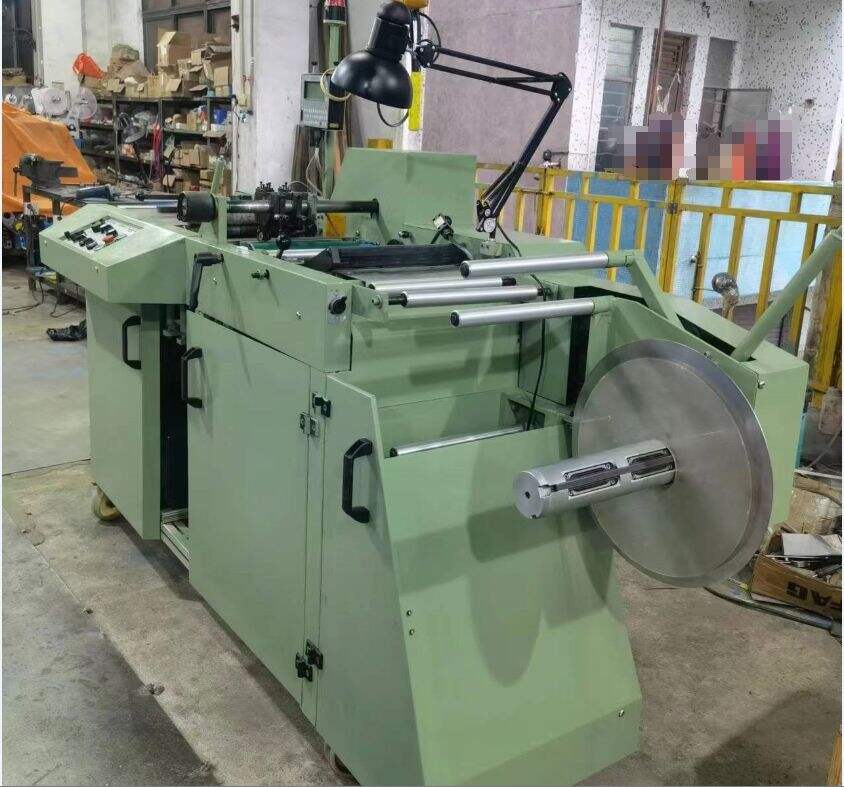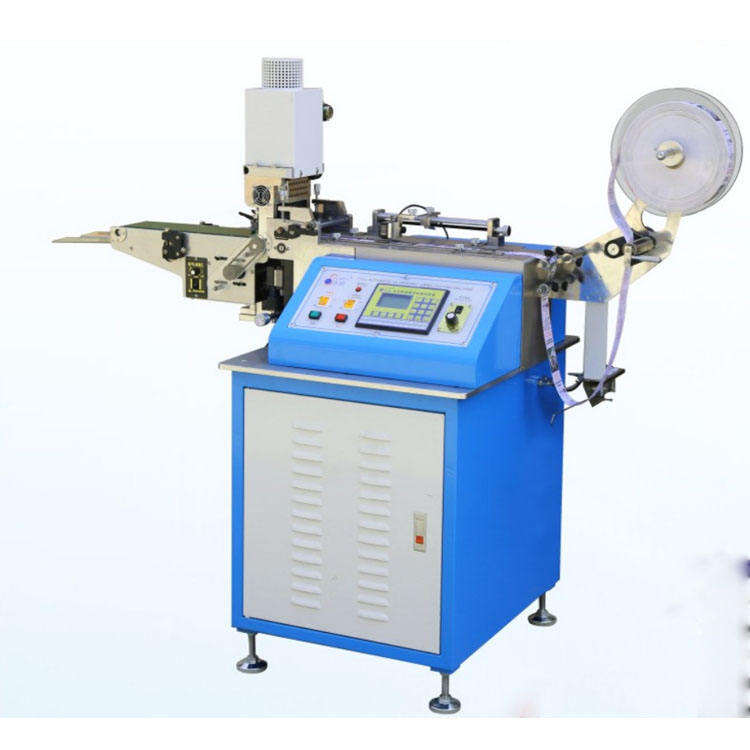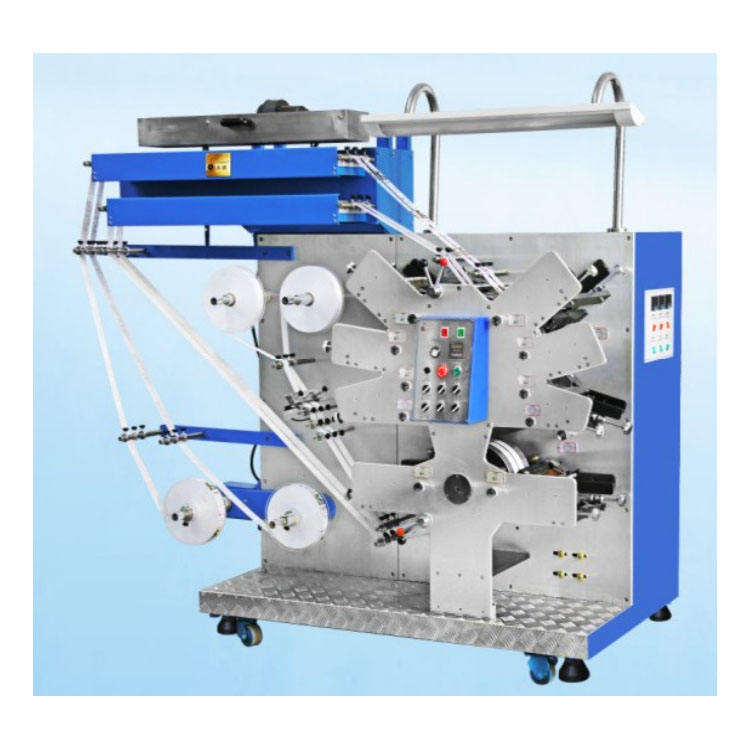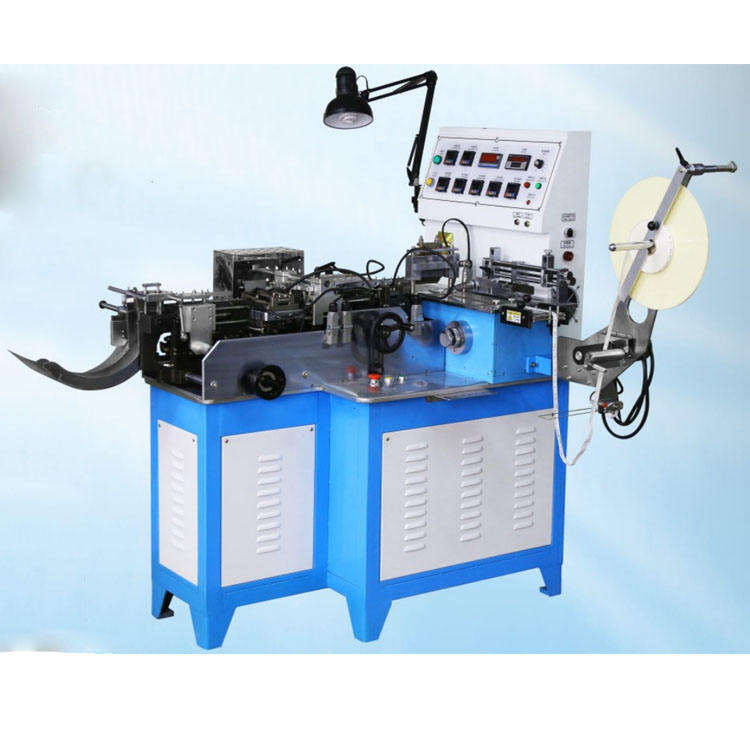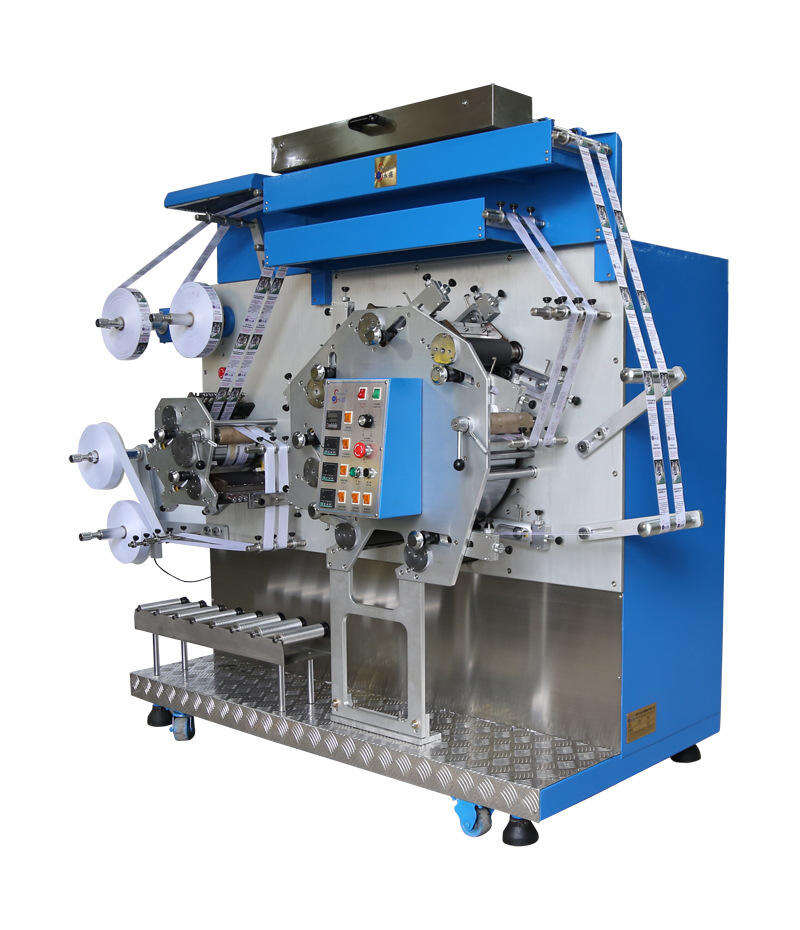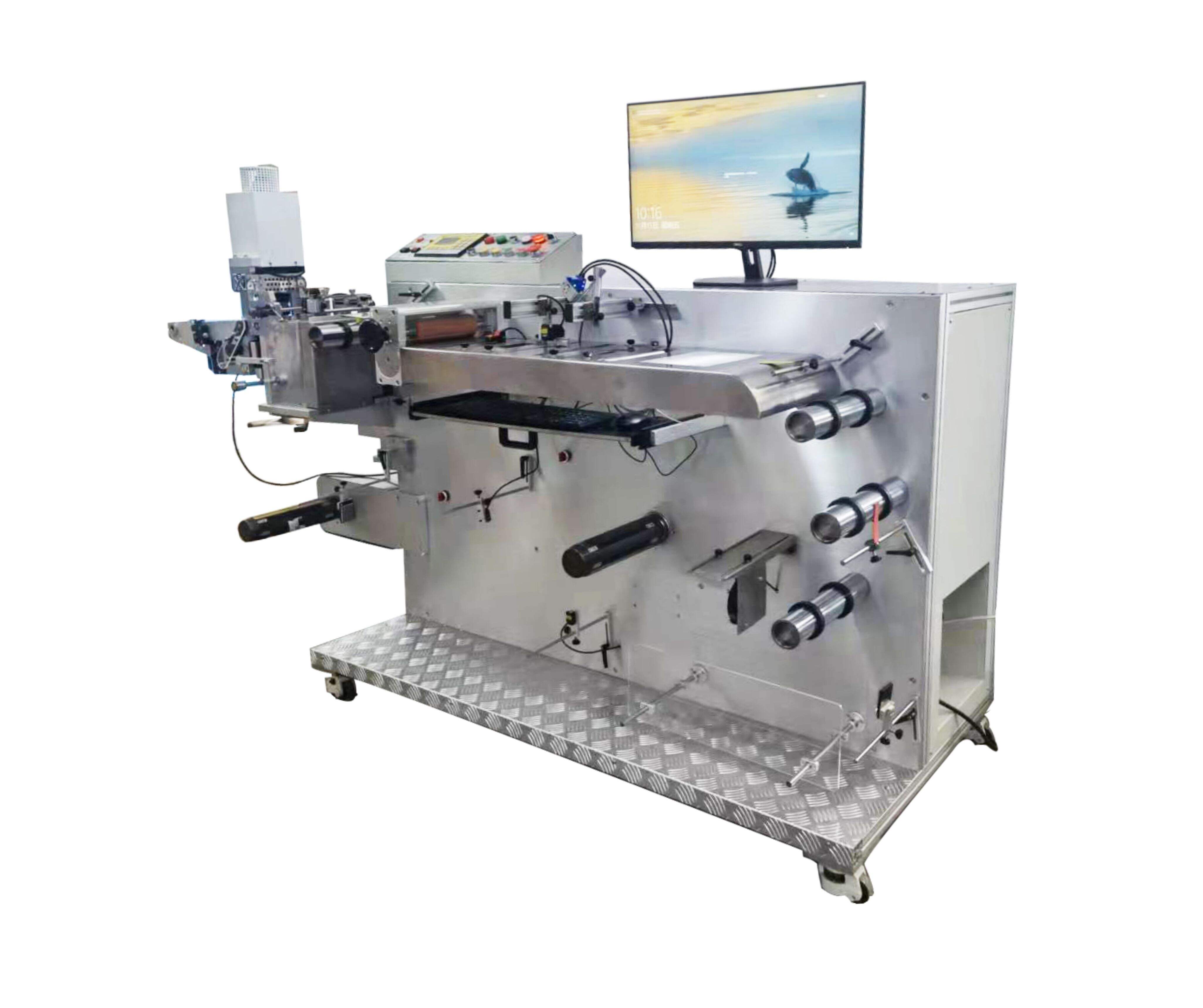Why Are More Packaging Printers Adopting RFID Solutions?
Why Are More Packaging Printers Adopting RFID Solutions?
RFID technology has transformed various industries, and packaging printing is no exception. Packaging printers are increasingly adopting RFID solutions as they provide numerous advantages, including improved inventory management, enhanced security, and better customer engagement. As consumer expectations rise for faster, more transparent, and secure products, RFID solutions are proving to be a valuable tool. This article explores the main reasons why packaging printers are embracing RFID technology and how it benefits both manufacturers and consumers.
Benefits of RFID Solutions for Packaging Printers
Improved Tracking and Inventory Management
One of the primary reasons packaging printers are integrating RFID technology is for better tracking and inventory management. Traditional barcode systems can often be time-consuming and prone to errors, requiring manual scanning and tracking of products. RFID technology eliminates the need for manual scanning by automating the tracking process. With RFID, each product or package is equipped with a tag containing unique data, which can be read remotely. This provides packaging printers with real-time data on their inventory, allowing them to track materials, monitor production progress, and ensure that finished products are accounted for. With automated inventory tracking, errors are minimized, and efficiency is maximized. The integration of RFID solutions leads to faster production timelines and improved supply chain management, resulting in cost savings and faster delivery to customers.
Enhanced Security and Anti-Counterfeiting Features
Counterfeiting is a significant concern for many industries, including luxury goods, pharmaceuticals, and electronics. RFID technology provides packaging printers with an effective solution to combat counterfeiting. Unlike traditional labels or barcodes, RFID tags are difficult to replicate or forge, offering a much higher level of security. The embedded encryption technology ensures that RFID tags cannot be tampered with, ensuring the integrity of the product throughout the supply chain. With RFID technology, packaging printers can create tamper-proof solutions that help protect products from being counterfeited, which, in turn, protects both the brand and consumers. Additionally, RFID offers greater traceability by enabling the tracking of products from the moment they leave the production line until they reach the end user. This enhanced traceability provides packaging printers with the ability to verify the authenticity of products and detect any potential fraudulent activities.

The Role of RFID in Sustainability and Efficiency
Reduction in Material Waste
As the demand for more sustainable packaging solutions continues to grow, RFID technology is playing a crucial role in helping packaging printers meet sustainability goals. Traditional packaging methods often involve overuse of materials, resulting in significant waste. RFID technology contributes to sustainability by optimizing production processes and reducing waste. By utilizing RFID in packaging, printers can ensure that the correct labels are applied every time, reducing the number of defective or misplaced labels. This leads to fewer materials being wasted during the production process. Additionally, RFID technology can be integrated with smart packaging systems that help packaging printers track and recycle materials, reducing the environmental impact of packaging waste. The use of RFID solutions also allows for better utilization of raw materials, leading to less excess and improved resource efficiency.
Improved Supply Chain Efficiency
RFID technology significantly improves the efficiency of the supply chain by providing real-time tracking and visibility throughout the entire process. Packaging printers are able to track products from production to delivery, which helps them optimize inventory levels, reduce delays in shipping, and streamline order fulfillment. The automation of tracking and inventory management processes with RFID tags reduces the likelihood of human error, ensuring a smoother flow of goods through the supply chain. This increased efficiency enables packaging printers to meet customer expectations more effectively, reduce stockouts and overstocking, and improve overall operational performance. Furthermore, by integrating RFID with supply chain management systems, packaging printers gain valuable insights into their operations, enabling them to make better decisions based on accurate, real-time data.
RFID in Consumer Interaction and Transparency
Increased Consumer Confidence
In today’s market, consumers are increasingly looking for transparency and authenticity in the products they purchase. RFID technology allows packaging printers to offer a more transparent view of the product’s journey through the supply chain. By scanning RFID-enabled packages, consumers can access detailed information about the product’s origin, manufacturing process, and distribution. This transparency fosters trust and confidence, as consumers can verify the authenticity of the products they buy. For industries like pharmaceuticals, where counterfeit products can pose serious health risks, the ability to verify product authenticity is particularly crucial. Additionally, RFID technology allows businesses to offer additional services, such as warranty registration or product authentication, further enhancing the customer experience.
Personalized Consumer Experiences
RFID technology also offers exciting possibilities for personalized consumer interactions. Packaging printers can leverage RFID to collect data about consumer preferences and behaviors, allowing them to tailor marketing strategies and product offerings to individual customers. For example, businesses can use RFID data to track how consumers interact with products in retail environments, enabling them to offer personalized promotions or loyalty programs. By integrating RFID with digital platforms, companies can create customized shopping experiences that resonate with their target audience. This level of personalization not only boosts consumer satisfaction but also strengthens brand loyalty, as consumers feel more connected to the products they purchase.
Advancements in RFID Technology for Packaging Printers
Continuous Improvements in RFID Tags and Systems
As the demand for RFID technology continues to grow, manufacturers are constantly working on improving RFID systems to make them more efficient, durable, and cost-effective. One of the latest advancements in RFID technology is the development of passive RFID tags, which require no battery and are activated by the reader’s signal. This has reduced the cost of implementing RFID solutions, making them more accessible to packaging printers of all sizes. Additionally, RFID tags are becoming smaller and more versatile, with improved read ranges and better performance in harsh environments. These advancements allow packaging printers to integrate RFID solutions more seamlessly into their operations, providing them with more accurate tracking and better overall performance.
Integration with IoT and Smart Packaging Solutions
Another exciting development in RFID technology is its integration with the Internet of Things (IoT) and smart packaging systems. Packaging printers are now able to connect RFID-enabled products to the internet, allowing for continuous monitoring and data collection. This integration enables real-time communication between products, packaging, and the manufacturer, leading to enhanced inventory management, improved traceability, and better supply chain visibility. With IoT integration, packaging printers can collect valuable data about product movements, customer behavior, and supply chain conditions, which can be used to optimize operations and improve decision-making. Smart packaging solutions that incorporate RFID tags offer businesses a more dynamic and data-driven approach to packaging, paving the way for a more efficient and transparent supply chain.
FAQ
Why are packaging printers adopting RFID solutions?
Packaging printers are adopting RFID solutions to enhance inventory tracking, improve security, reduce counterfeiting, and increase supply chain efficiency. RFID technology helps automate processes, reduce errors, and provide real-time data, benefiting both manufacturers and consumers.
How does RFID improve packaging security?
RFID improves packaging security by embedding unique, tamper-resistant data within each RFID tag, which is difficult to replicate. This helps prevent counterfeiting, allowing packaging printers to ensure the authenticity of their products and protect brand integrity.
Can RFID technology help packaging printers meet sustainability goals?
Yes, RFID technology helps packaging printers reduce material waste, optimize production processes, and track recyclable packaging. By making production more efficient and resource-conscious, RFID contributes to a more sustainable packaging solution.
How does RFID enhance consumer experience?
RFID enhances consumer experience by providing transparency and authenticity, allowing consumers to access detailed product information. It also enables personalized interactions through data collection, leading to tailored promotions and improved customer satisfaction.
Recommended Products
Hot News
-
Reflect On The Cultural Significance Of The Printing Press In Preserving And Disseminating Knowledge
2023-12-08
-
The Role Of The Printing Press In The Global Economy
2023-12-08
-
Environmental Impact: Analyzing The Environmental Footprint Of The Printing Industry
2023-12-08
-
The Frontier Of Printing: 3d Printing And Its Industrial Renaissance
2023-12-08
-
The Evolution And Impact Of The Printing Press
2023-12-08
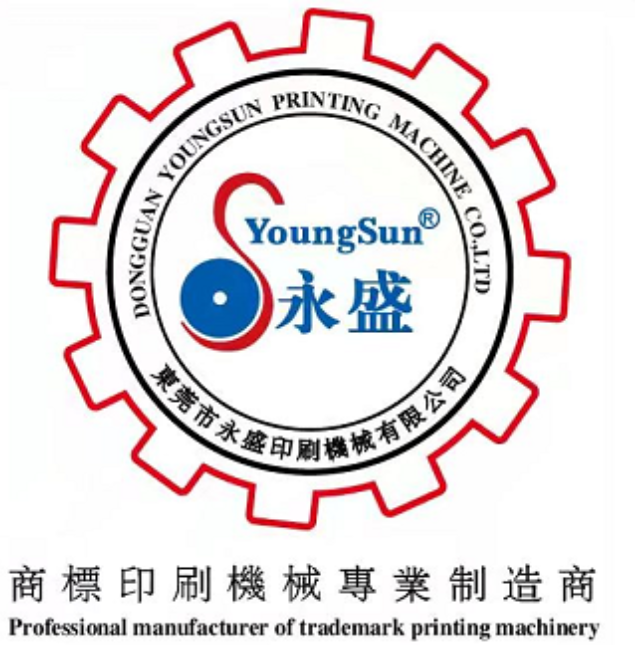
 EN
EN
 AR
AR
 CS
CS
 DA
DA
 NL
NL
 FI
FI
 FR
FR
 DE
DE
 EL
EL
 HI
HI
 IT
IT
 JA
JA
 KO
KO
 PL
PL
 PT
PT
 RO
RO
 RU
RU
 ES
ES
 SV
SV
 IW
IW
 ID
ID
 VI
VI
 SQ
SQ
 HU
HU
 MT
MT
 TH
TH
 TR
TR
 AF
AF
 GA
GA
 BN
BN
 BS
BS
 LO
LO
 LA
LA
 MI
MI
 MN
MN
 NE
NE
 MY
MY
 KK
KK
 UZ
UZ
 KY
KY
